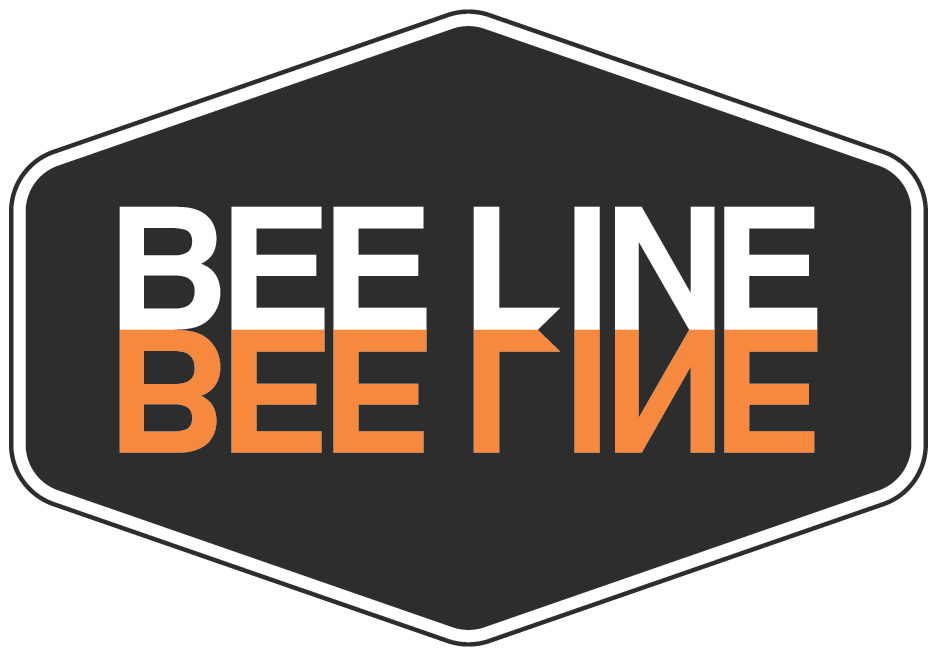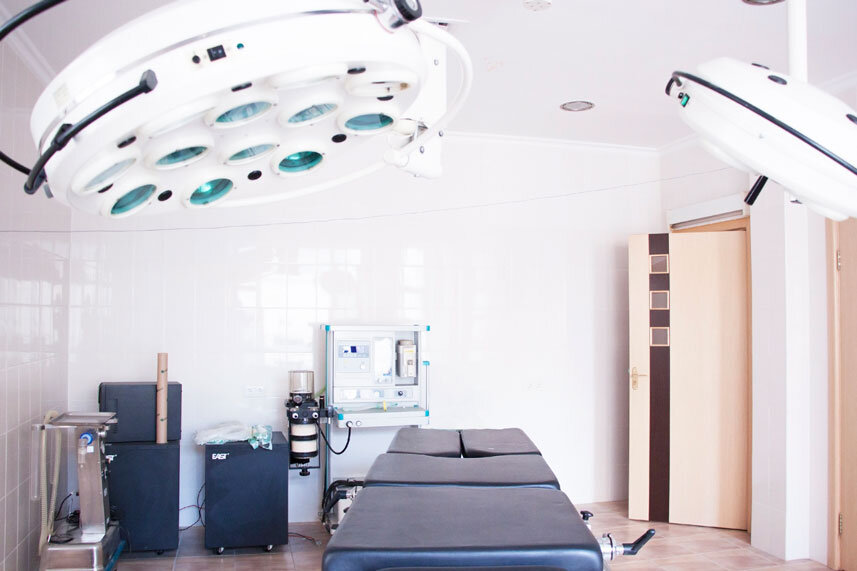Operating rooms are one place that requires higher than average disinfection efforts. Due to the vulnerability of the patient and potential for cross-contamination, environmental cleaning procedures should always be prioritized and performed to minimize risk and ensure that safety is upheld. According to the Centers for Disease Control and Prevention, due to the variable factors involved in different operating rooms, cleaning procedures tend to be determined based on the overall risk of pathogen transmission. This risk is calculated based on contamination probability, the vulnerability of a patient, and the potential for overall exposure. After calculating whether something is a low, moderate, or high risk, the cleaning frequency, method, and the overall process is determined. To give you a better understanding of this process, here is some information regarding the nitty-gritty of operating room cleaning procedures.
Understanding Risk-Based Environmental Cleaning
To better understand how risk affects cleaning procedures, the CDC has outlined a few basic principles. They include the probability of contamination, the vulnerability of patients to infection, and the potential for exposure to pathogens.
Probability of Contamination
Any surface that is consistently contaminated or touched will require more frequent cleaning that undergoes disinfection. This includes areas that might be exposed to pathogens or other germs in an operating room. Essentially, you’ll need to disinfect those areas that are used often, especially if they are coming in contact with bodily fluids, throughout the day.
Vulnerability of Patients
Patients who are more vulnerable will need operating room cleaning procedures done that ensure no pathogens are present. This includes patients who are immunosuppressed or immunocompromised. While maintaining standards for all operating room cleaning procedures is important, you should leave no chance to vulnerable patients. One of the best ways to do this is by using a thorough auditing system like Bee Line’s Black Light auditing to ensure you’re not missing any spots. The black light system works to illuminates any missed high touchpoint or surface areas that may have been overlooked during your team’s cleaning.
Potential for Exposure
Finally, any area that’s touched throughout the day should be cleaned and disinfected more frequently. High touch areas are breeding grounds for pathogens and require special attention to detail to avoid cross-contamination. Bee Line offers disinfecting porters to help keep your facility thoroughly cleaned all day long. Our porters focus on high-touch areas to make sure that your work can continue uninterrupted
Improving Safety and Quality Standards
To improve the overall efficacy of operating room cleaning procedures, there are methodical and systematic ways to approach the task. For one, you should always clean from cleaner areas to dirtier ones and from high to low. This reduces that likelihood that you’ll spread dirt and pathogens unnecessarily. To avoid missing any areas, it’s essential that cleanings are done in a methodical way, such as from left to right or even in a clockwise motion. If there are any bodily fluid spills or accidents, make sure that they’re attended to immediately to avoid further contamination or spreading of pathogens. Always make sure that your supplies are as clean as possible. To give our clients the most effective operating room cleaning, Bee Line partners with ImageFIRST to assure that our supplies are 99.999% clean of common pathogens. ImageFIRST’s laundering process meets or exceeds OSHA, CDC, and HLAC standards and even complies with The Joint Commission requirements. Utilizing Triple BioShield Protection technology, all of the pathogens wind up “dead on contact” for every cloth and rag used. We always use brand-new, individually wrapped, and sealed cleaning linens to avoid cross-contamination.
The types of cleaning for operating rooms also vary based on the area. There are three primary levels that are defined based on their area of restriction. Cleaning for unrestricted, semi-restricted, and restricted zones vary and restricted zones often require the most attention to detail. The first thing that should be done is a preliminary cleaning or damp dusting to remove any dirt or particles from surfaces. This allows for a more powerful and effective disinfecting. Cleaning and disinfecting should occur between every patient throughout the day and terminal cleaning should be performed at the end of the day.
Always use EPA-approved disinfectants and consider utilizing a disinfectant misting service like the one offered at Bee Line. We utilize hospital-grade misting technology, the Kärcher PS 4/7 Bp misting system, which reduces pathogens in every square inch of your space. The Kärcher PS 4/7 Bp hospital-grade misting system is specifically designed to reduce the risks of healthcare-associated infections (HAIs) and transmission of diseases like COVID-19 by killing viruses, bacteria, and mold faster, safer, and quieter. Since it works by emitting millions of tiny droplets of chemicals that will kill dangerous pathogens and disinfect every square inch of your space, harmlessly and efficiently. This greatly increases the efficiency of disinfecting operating rooms and streamlines the entire cleaning process. (Disclaimer: We will not mist in sterile areas of an operating facility)
Terminal operating room cleaning is our most comprehensive and in-depth cleaning service. Bee Line is committed to excellence and works to ensure that all of our jobs, regardless of the type of facility, result in the elimination of germs, bacteria, and viruses. We are so committed that we’ve encouraged our management to secure their Surgical Cleaning Technician Train the Trainer badges in order to set a level of expertise for managing pathogens and practicing innovative techniques specific to operating rooms. This course allows our T-CSCT’s to train our frontline employees on standard operating room procedures, proper sterile room cleaning and disinfecting techniques, and methods to communicate effectively with nurses, surgeons, and facility teams.
When it comes to outstanding operating room cleaning procedures, Bee Line always goes above and beyond the bare minimum. We have extremely high disinfection standards, in-depth training, and careful processes in place that make terminal-cleaning a breeze. Bee Line requires CMIP (Certificate of Mastery in Infection Prevention) Certified Management for all surgery sites. This means that our employees know how to take precautionary safety measures and infection prevention throughout all stages of disinfection leaving your operating room as safe as possible. When health is on the line, you want a qualified company that you can trust. CMIP Certified Management allows our professionals to better understand standard operating room procedures so that they can execute the proper sterile room cleaning and disinfecting techniques.
For the best operating room cleaning procedures that work to eradicate COVID-19, bacteria, viruses, and fungus, call Bee Line today. We’re one of the only certified, medical-grade cleaning companies in the region and bring our dedication and rigor to every sector. Using the most efficient cleaning services, cutting-edge technology, well trained teams, project services, and immediate customer service, we work to make sure that you and your patients stay safe at all times.
Bee Line uses state of the art HEPA filter vacuums, Green Seal-certified disinfectants, and microfiber towels to eliminate bacteria and viruses completely. We also offer upholstery-cleaning services, carpet cleaning services, vacuuming, garbage removal, and comprehensive janitorial services to make sure that no pathogens are missed in your operating room or surgical sites. To make sure that no spot goes un-cleaned, Bee Line uses quality control cleaning, routine management inspections, and continual onsite training for our employees. To learn more about Bee Line’s operating room cleaning procedures, download our brochure today.
When health is on the line, you want a qualified company that you can trust to put dangerous pathogens in their place. Call Bee Line at 312-BEE-LINE or message us today to have your operating room cleaned and rid of COVID-19 or other viruses, bacteria, and fungi.
About The Author
Jamie Henry
author
Jamie established Bee Line in 1997 and hasn’t looked back since! She is originally from Chicago, but lived in Florida for 10 years, and claims that she is a “displaced New Yorker” despite never living there. In her free time, you can find Jamie walking her pup, Moose, around the city, and learning new hobbies, like learning to golf and piloting planes! Her favorite part of leading Bee Line is working with her team to grow the company and cultivate a positive and thriving culture. Jamie won a 19th Annual Enterprising Women of the Year Award, one of the most prestigious recognition programs for women business owners in the U.S. and globally!




